NHGs versus SCNCs: Pivot or transformation?
By Anthony Bieda, Founding Partner of the Transformation Collaborative
As the ecosystem of new high school graduates (NHGs) continues to shrink, driven in part by demographics, the rivalry between colleges and post-secondary schools for new enrollment will continue to escalate. Institutions with the resources to offer and package elaborate peripheral accoutrement – lavish on-campus housing, amusement-park style student centers and compelling extra-curricular enrichment – will retain their market share, while institutions with less-than concierge-level student services will enroll a diminished slice of the NHG population.
Recent data from the National Student Clearinghouse give current events greater clarity:
“Demand to attend colleges across the country is expected to remain high or even increase for the most selective institutions,” NSC reports. “Over the long term, higher ed is entering a period when the number of high school graduates — four-year colleges’ recruiting bread and butter — is projected to peak and then decline or plateau. This comes at a time when most colleges are still reeling from enrollment declines…”
This observation may state the obvious. Less conspicuous are underlying causes, dynamics, social impacts, and prospective remedies. Even more obscure are the leadership and organizational prerogatives required to confront, analyze, design and implement changes sufficient to thrive in the emerging post-secondary world of 2022 and beyond.
At minimum, a quick pivot seems in order. But what if the underlying disconnect between institutional mission/purpose/operations and sustainable growth/success is not a hairline fracture but a gaping chasm? Which institutions have the capacity to transform key indicators without engaging in deliberate organizational and operational transformation?
If high on-time graduation rates of NHGs is a luxury delivered by a diminishing number of elite institutions, what type of outcomes should other institutions anticipate? With greater frequency than ever, the answer is students with some college and no credential (SCNC). Between 2018 and 2020, NSC saw nearly a nine percent growth in SCNC across all sectors and geographies. The “non-credentialed” drop-out or stop-out phenomenon is most pronounced among community colleges and for-profit private institutions that serve diverse demographics and higher percentages of first-in-family college attenders. Current estimates put the U.S. SCNC population at 39 million, skewed heavily toward minorities, women, and older students. While that segment of potential students has needs different from those of NHGs, its size and vitality represent enrollment growth opportunity that merits strong consideration.
In addition to some college but not degree, a closely related measure of unsuccessful post-secondary performance is persistence beyond first year. Latest data indicate more than 25% of first-year students do not return for year two, including a 41 percent among community college students. Student success is becoming more elusive than ever in the emerging post-secondary education world.
Institutions that deal with both dynamics – diminished access to NHGs and challenging student success levels, regardless of whom they enroll – understand why the underlying disconnect between institutional mission/purpose/operations and sustainable growth/success is indeed a gaping chasm. Those enterprises also recognize that the amount and the nature of ‘value-added’ required to persevere is substantially different than what is manifest in the rearview mirror. Most would agree: pivoting is necessary but wholly insufficient.
Institutional effectiveness in the emerging post-secondary education world is complicated enough without factoring in tectonic demographic shifts and persistent underachievement by first-year cohorts. The landscape of remedies and strategies covers broad territory. Thankfully, every now and then someone comes along with the temerity to focus, inventory, measure and propose specific tactics to those who lead these enterprises.
“Just as trustees are accountable for the fiscal health of the institution on whose board they serve, I contend they are equally accountable for ensuring student academic success,” opines Dr. Charlie Nelms. His advocacy equates economic stability (driven by attending to enrollment dynamics) with student success indicators (measured by completion and graduation) for purposes of institutional effectiveness and durability.
To avoid becoming derelict in their duties to preserve and protect institutional finances as well as student success, Dr. Nelms proposes the following area of recurring inquiry from the governance and leadership perspective:
What happened to students who enrolled but did not graduate?
Why do students stop out or drop out?
What strategies does the institution have to enhance student academic success?
What are the best key performance indicators the board and leadership should use to monitor student success?
Institutions that ask these questions methodically and periodically are further ahead than those who do not; likewise, institutions that use the answers to shape, refine or transform their operations are even more likely to adopt to the emerging post-secondary education world. Most importantly, those who own, operate or govern these schools can demonstrate fidelity to the principle, “If you recruit them, you enroll them, then you darn well better ensure their success.”
Transforming an institution to responsibly attract greater participation by SCNCs versus NHGs, and to ensure a high degree of student success, requires greater bandwidth and broader perspectives than most institutions can muster in-house. That is why the Transformation Collaborative was formed. Please contact Anthony Bieda or Wallace Pond for a complimentary consult about building institutional strength while growing student success.
